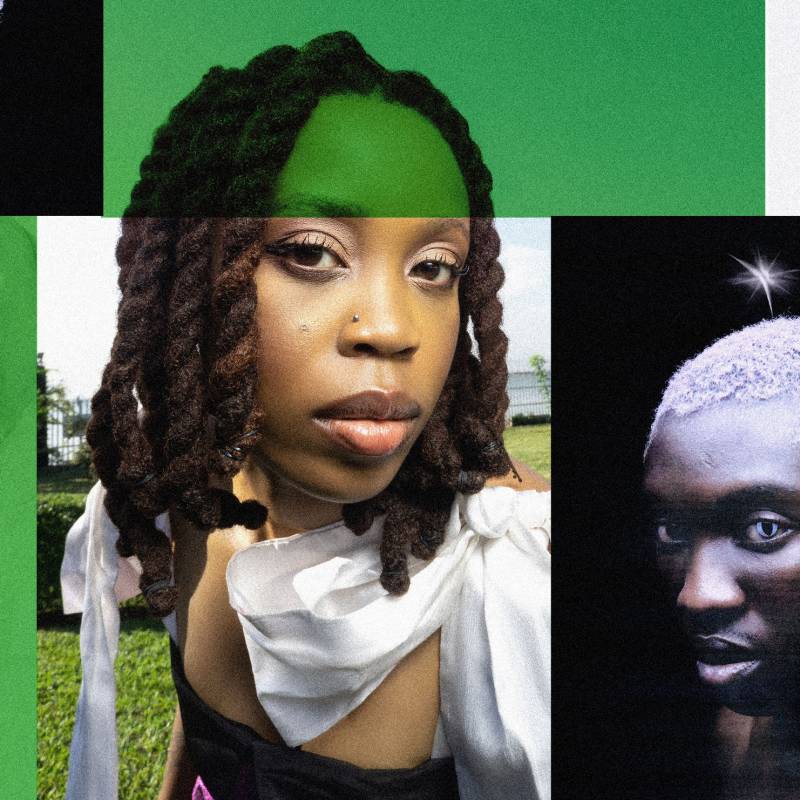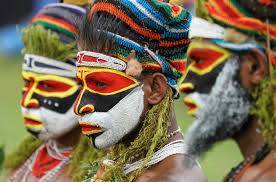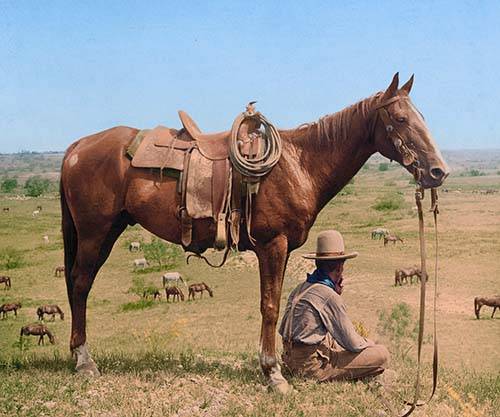[The Alté movement] for us, it stemmed more with the lifestyle thing than music, says Teezee. It is noon in Lagos and Teezee and I are speaking via Zoom. We are trying to trace back the multi-layered origin of the Alté movement and his role in turning it into an extremely popular Nigerian subculture. Teezee (whose real name Teni Zacheuus JR) is a Nigerian alternative hip-hop artist and remains one of the pioneers and leading faces of the Alté movement. “It transformed into the music because the people who were creating with us, [people saw] our lifestyle].”
Alté, pronounced locally as (uhl-teh) and cropped from the word alternative, is a concept, as Teezee describes it. Its come to include a music genre, but it started as a way of being that champions individualistic and non-traditional modes of self-expression. The central idea is to stay true to yourself in spite of existing traditions or cultural restrictions. It is a phenomenon most prevalent among young Nigerians that emerged around 2007 — just around the time many young people in the country were gaining increased exposure to the internet — and has only recently begun to enter the mainstream media.
“Prior to the late 2010s and the proliferation of easily accessible internet, the media diet of Nigerian teenagers and young adults was restricted to television and radio and bootlegged VCDs and early iterations of cable television,” says Edwin Okolo, a Nigerian journalist who has covered the subculture extensively. “But the Alté generation draws its influences from all of the media prior to 2010,” Okolo says.
Apart from championing a deep sense of individualistic expression particularly through music and fashion, the Alté subculture is also known for tapping into nostalgia and drawing inspiration from it. At the beginning of this movement, alternative artists like Santi, Odunsi (The Engine), BOJ, Lady Donli, were amongst the cohort of creatives championing this subculture not just through their music, but also their video aesthetics and style choices. Now emerging and established Nigerian mainstream artists (think Rema, Ayra Starr, Fireboy DML, Ckay, Tems, Wizkid, Burna Boy) are tapping into that energy to express and build their artistry.
ADVERTISEMENT
“Alté as we understood it two, five years ago, it was not anywhere in the mainstream, Spotify’s Head Of Sub-Saharan Africa Phiona Okumu says. Now because these kids came and were so defiant and looked so cool and rebellious, it gave mainstream artists inspiration. The growth of the Alté movement shows in the way [these artists] have impacted the way mainstream is going right now.”
Nigeria, due in part to religion and traditional values, has a deeply conservative culture. Although the rise of Nigerian entertainment in the early 2000s attempted to shift that conservatism a little, the messaging often remained the same.
But Altés individualism — a continued state of refusing to compromise one’s identity to fit into conservative cultural or religious guidelines in the country — is slowly empowering more young people to buck those traditions. In music, it is the gritty soulfulness of Tems, the psychedelic vibe of Odunsi or Santi, or even the old Nollywood-inspired sentimentalism behind some of Lady Donli’s artistry.
SOURCE : Teenvogue




